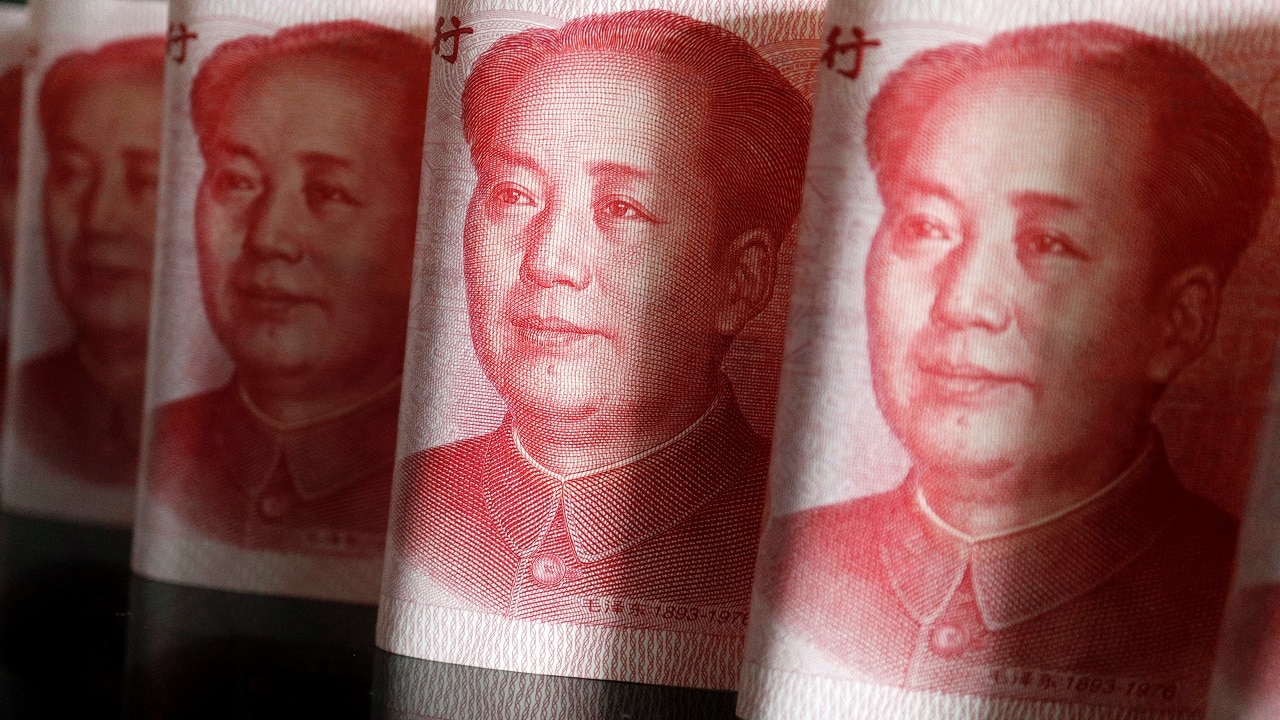China is currently seen as the greatest threat to the United States. It is working to develop advanced weapons, seeks to build a global trading empire, and it developed a world-class navy in very short order.
The Covid-19 pandemic, which originated in the city of Wuhan, has slowed the Chinese Communist Party’s ambition to become the dominant superpower in the 21st century. But in fact, the clock has been working against China for quite some time.
To understand why we need to look at the country’s history and its likely trajectory. Simply put, China as a nation has made some abysmal choices that have kept it from reaching the status of a true global power. Beijing now probably cannot do very much to fix these past mistakes.
The Missed Opportunity
In the early 15th century, some 90 years before Christopher Columbus attempted to reach the Far East by traveling west, Chinese admiral Zheng He led seven ocean expeditions under the aegis of the Ming emperor. He reached the Middle East on his fourth voyage, at the head of hundreds of ships much larger than anything in Europe at the time.
Instead of opening up trade routes and establishing control over the Indian Ocean, the voyages ended, and the fleet burned. China went into a period of isolation and remained that way, while Europeans explored the world and created empires.
By the 19th century, China was seen as a potential “sleeping dragon” that could present opportunities for the other world powers. Europe sought to open China – along with Japan – to foreign trade. After disastrous defeat in a war with Japan, China was left as barely a second-rate regional power – one that was dominated by outsiders.
China’s Leap of Bad Faith
In the second half of the 20th century, after Mao Zedong and the Communists took power, China began to modernize in fits and starts. But in the end, Mao’s Great Leap Forward also brought about one of the greatest famines in all of human history.
Nevertheless, between 1949 and 1979 China’s population doubled, from 540 million to 969 million. The number kept rising, and by 2015, the population of China reached nearly 1.4 billion. This sizable population is what allowed China to become a global economic powerhouse. However, the government viewed the growth as being too rapid, and in 1980 Beijing instituted a one-child policy. As with many other of China’s historical decisions, it was a bad one.
In fact, China’s efforts to rein in its population have resulted in an equally serious problem.
The working-age population in China has been shrinking since 2012, and by 2050 it will contract by another 22%. According to UN projections, by the middle of the century, there will be 217 million fewer people – roughly the population of Nigeria – working in China’s factories, farms, and offices.
“The Chinese understand that they are at the tip of the military-economic power,” Harry Kazianis, president of the Rogue States Group, told Fox Business Channel’s Neil Cavuto last month. “By 2100, the Chinese population is going to drop from 1.4 billion people to 570 million. That is a two-thirds decline.” By contrast, the U.S. population could be a little higher.
According to data from the Shanghai Academy of Social Sciences, China will see an annual decline of 1.1%, pushing its population down significantly in 2100 to less than half of what it is today.
Part of the issue is that there are far more men in China than women, while Beijing’s efforts to abandon its one-child policy in 2016 in favor of a three-child policy have fallen flat. Chinese women remain reluctant to have children, even with state incentives. The rising cost of living is one factor, while small families are now the cultural norm in China. Covid-19 has also played a role, as few were willing to have children during the strict lockdowns. The ratio of 106 boys for every 100 girls is now the highest in the world – and in some provinces, it is as great as 130-for-100. This is simply unlikely to improve in the coming years.
In the late 1980s, China’s total fertility rate (births per woman) was 2.6, which was well above the 2.1 needed to replace deaths. It has now fallen to 1.15 and could decline further. In other words, all of its efforts since the Great Leap Forward could see China back at square one.
A Senior Editor for 1945, Peter Suciu is a Michigan-based writer who has contributed to more than four dozen magazines, newspapers and websites. He regularly writes about military hardware, firearms history, cybersecurity and international affairs. Peter is also a Contributing Writer for Forbes. You can follow him on Twitter: @PeterSuciu.

